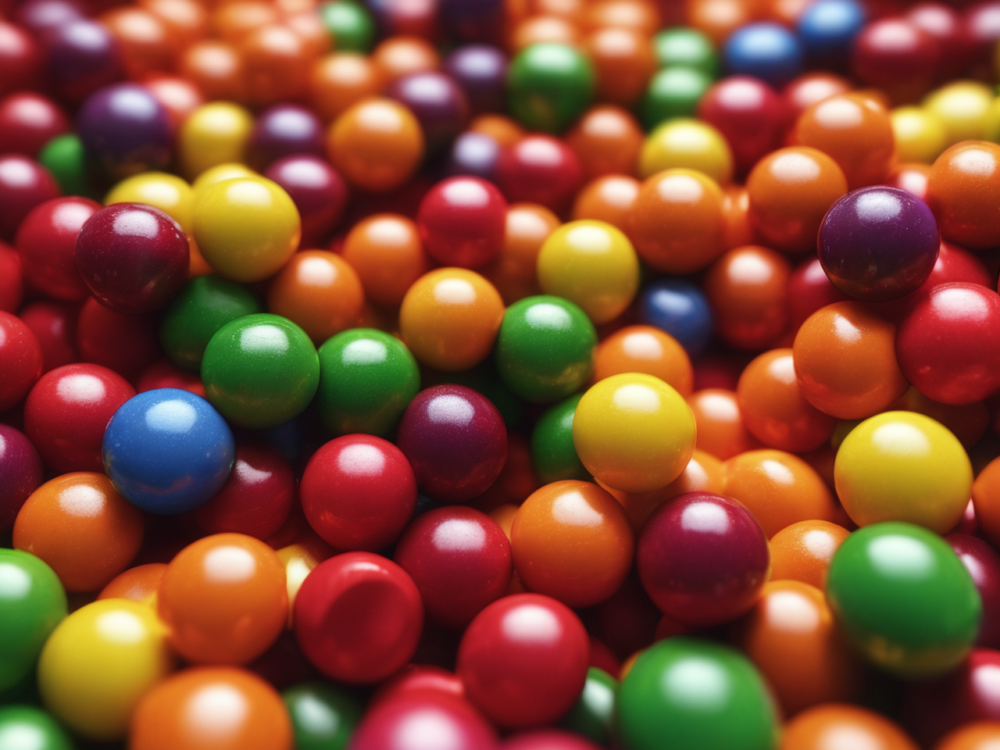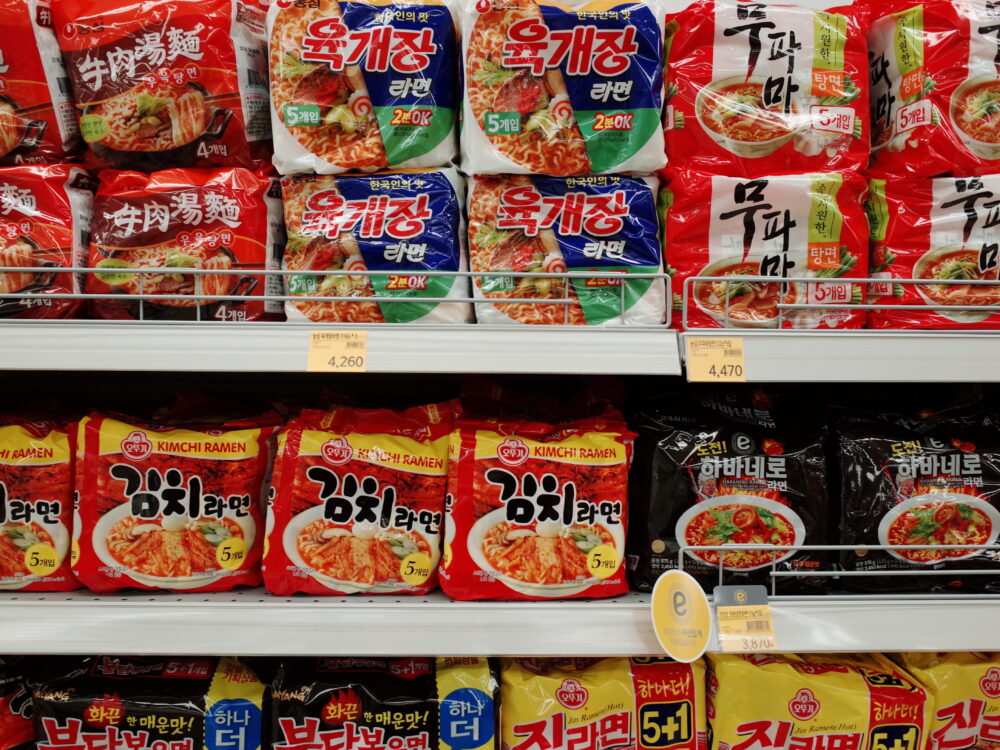Understanding the intricacies of chocolate melting points is not just a culinary curiosity; it’s essential knowledge for anyone involved in baking, cooking, confectionery, or chocolate storage. Whether you’re a pastry chef crafting delicate truffles, a baker perfecting a chocolate ganache, or simply a chocolate enthusiast, grasping the nuances of how different chocolates melt is crucial. Additionally, proper storage and preservation depend on comprehending these characteristics. Temperature fluctuations can turn a delectable chocolate treat into a gooey mess or lead to an unsightly appearance known as “bloom.” By delving into the melting points of chocolate, individuals can ensure that their chocolate creations remain of the highest quality, flavour, and longevity.
Now, let’s embark on a fascinating journey to answer the question: Which type of chocolate melts the fastest? Is it white chocolate, dark chocolate, or milk chocolate?
The Chocolate that Melts the Fastest: White Chocolate
In the world of chocolate, white chocolate stands out for its propensity to melt at a faster rate than its milk and dark counterparts. This phenomenon can be attributed to the elevated concentration of cocoa butter found in white chocolate. Cocoa butter, a unique type of fat, boasts a lower melting temperature compared to other types of fats. Research suggests that the melting point of cocoa butter typically ranges between 89.6°F (32°C) and 95°F (35°C). This distinctive characteristic allows white chocolate to effortlessly dissolve in one’s mouth, as its melting point is lower than the average body temperature of 98.6°F (37°C). Moreover, the presence of cocoa butter significantly contributes to the smooth texture of chocolate and plays a pivotal role in determining its melting properties.
Factors Influencing the Melting Point: A Complex Interplay
While white chocolate’s higher cocoa butter content does give it a lower melting point, practical melting times can vary significantly due to a myriad of factors. The melting point of chocolate is influenced by its composition, cocoa content, and even the specific brand or recipe used. As mentioned earlier, cocoa butter content remains the primary determinant of how quickly chocolate melts. A higher cocoa butter content in chocolate typically results in a lower melting point, making it more susceptible to rapid melting.
Dark chocolate, in general, contains a higher proportion of cocoa solids and cocoa butter compared to milk chocolate. This higher cocoa butter content in dark chocolate can indeed lead to a relatively quicker melting rate than milk chocolate, which contains more milk solids and less cocoa butter. However, the exact melting time can be influenced by variables such as room temperature, the thickness of the chocolate, and the specific chocolate brand or recipe employed. It’s important to recognize that commercial chocolates are complex mixtures of various components, making precise predictions challenging.
In addition to cocoa content, the presence of other ingredients can significantly affect chocolate’s melting properties. Both milk and dark chocolate typically contain higher levels of sugar compared to white chocolate. The sugar content in milk chocolate can range from approximately 40% to 60% or even higher, depending on the recipe. Sugar plays a critical role in elevating the melting point of chocolate by acting as a stabilizing agent. This reinforcement of the molecular structure necessitates more heat to initiate the breakdown process. Such a property is particularly desirable for chocolates that need to maintain their shape, such as those used in candy bars, confections, or decorative elements.
Unraveling the mysteries of chocolate melting points is a complex journey, influenced by numerous factors. While white chocolate, with its higher cocoa butter content, often melts the fastest, practical outcomes can vary based on a wide array of elements, including the chocolate’s composition, cocoa content, sugar levels, and specific recipe or brand. When working with chocolate, it’s essential to consider not only the type of chocolate but also the context, recipe, and conditions to achieve the desired results in your culinary creations.





